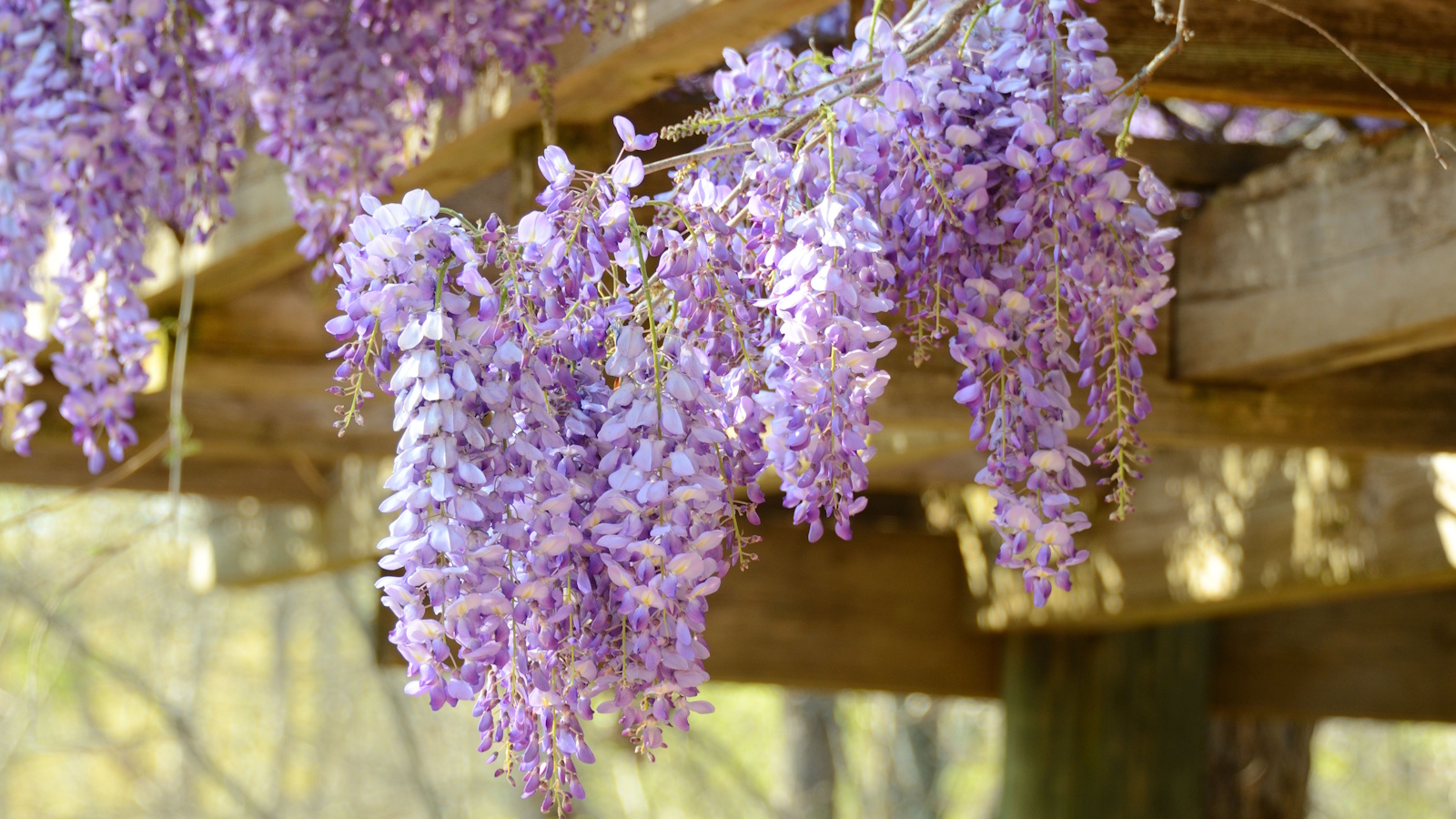
All gardeners know the joy spring planting brings. Full of color and shape, our yards are arguably at their peak during this season. But, it isn't just visuals you should focus on when curating your perfect spring garden, smell is just as important to think about.
In fact, it doesn't matter whether you're working on a spring garden or winter garden, you'll reap the benefits of planting a fragrant garden at any point in the year. It can be relaxing, bring joy, and adds dimension to the interest in your planting. Plus, by choosing perennials which return year after year, you can keep soaking up delicious scents in your yard without having to buy or grow new plants.
It's clear that carefully selecting fragrant spring-flowering perennials is certainly worthwhile, but the overwhelming choice of plants can be a lot to get your head around. To help you out, we take a look at the best fragrant spring-flowering perennials alongside advice from garden experts on how to grow them successfully.
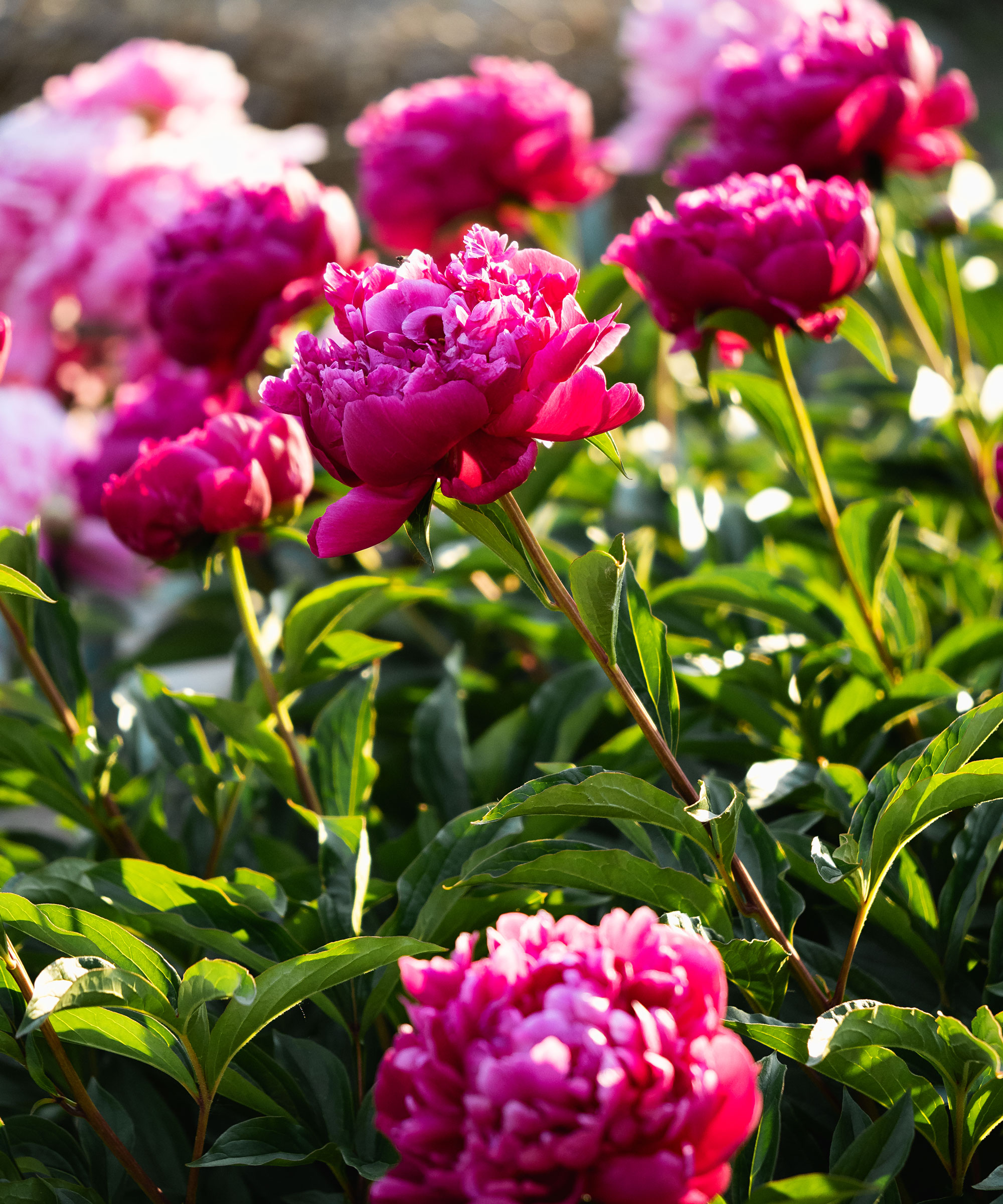
5 fragrant spring-flowering perennials
There's no denying that fragrant flowers take center stage in spring, blooming brightly and offering up scents that draw us in. The best thing about falling in love with the smell of a perennial is that it will keep coming back each year. That's why experts recommend growing these five fragrant spring-flowering perennials.
1. Hyacinths
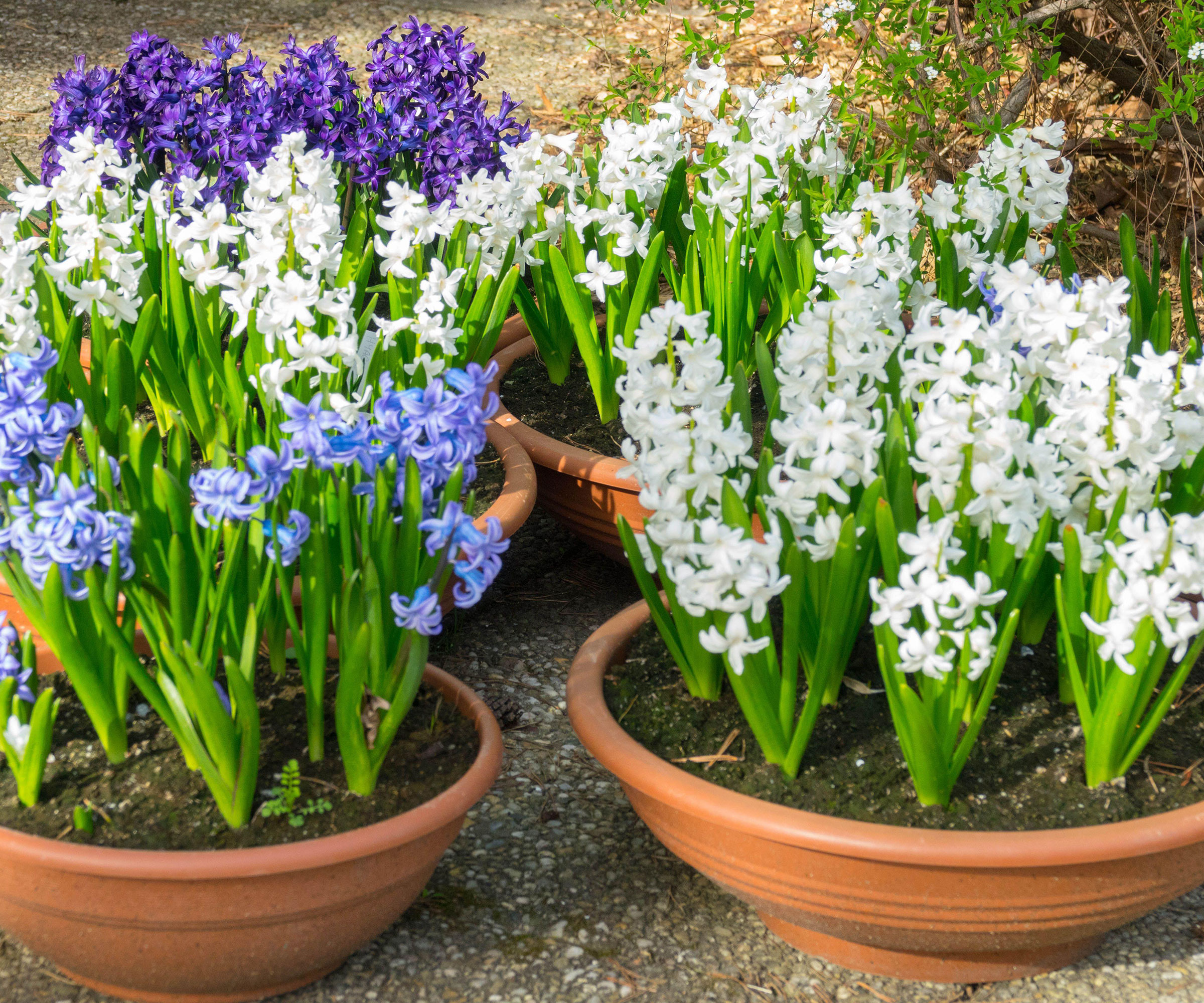
- Hardiness: US hardiness zone 4 to zone 8
- Flowering time: March-May
- Best for: Containers
If you love creating a spring planter full of colorful bulbs, then the fragrant spring-flowering perennials you need for your yard are hyacinths. There are so many hyacinth varieties to choose from, working well in pots and you can even plant hyacinth bulbs indoors for a fragrant indoor flowering display.
'Hyacinth has a strong floral fragrance and is the epitome of a true springtime scent and flower,' says flower expert Alfred Palomares from 1-800-Flowers. 'This perennial bulb will flower for a few years after their first bloom, often around Easter. They come in a variety of colors including pink, blue, and shades of purple,' he adds.
To grow hyacinth bulbs in containers or the ground, ensure you use a well-draining soil type and choose a spot with plenty of sunlight exposure.
Once they have finished flowering, be sure to use essential pruning tools (like these pruning shears from Amazon) to cut the stems right back. This will encourage returning blooms next year. You can leave hyacinth bulbs in the ground, or you can choose to store bulbs in a cool, dark place until it's time for replanting in fall.
This collection of mixed hyacinth bulbs features an array of colors including purple, blue, white, pink, yellow, orange, and peach.
2. Peonies
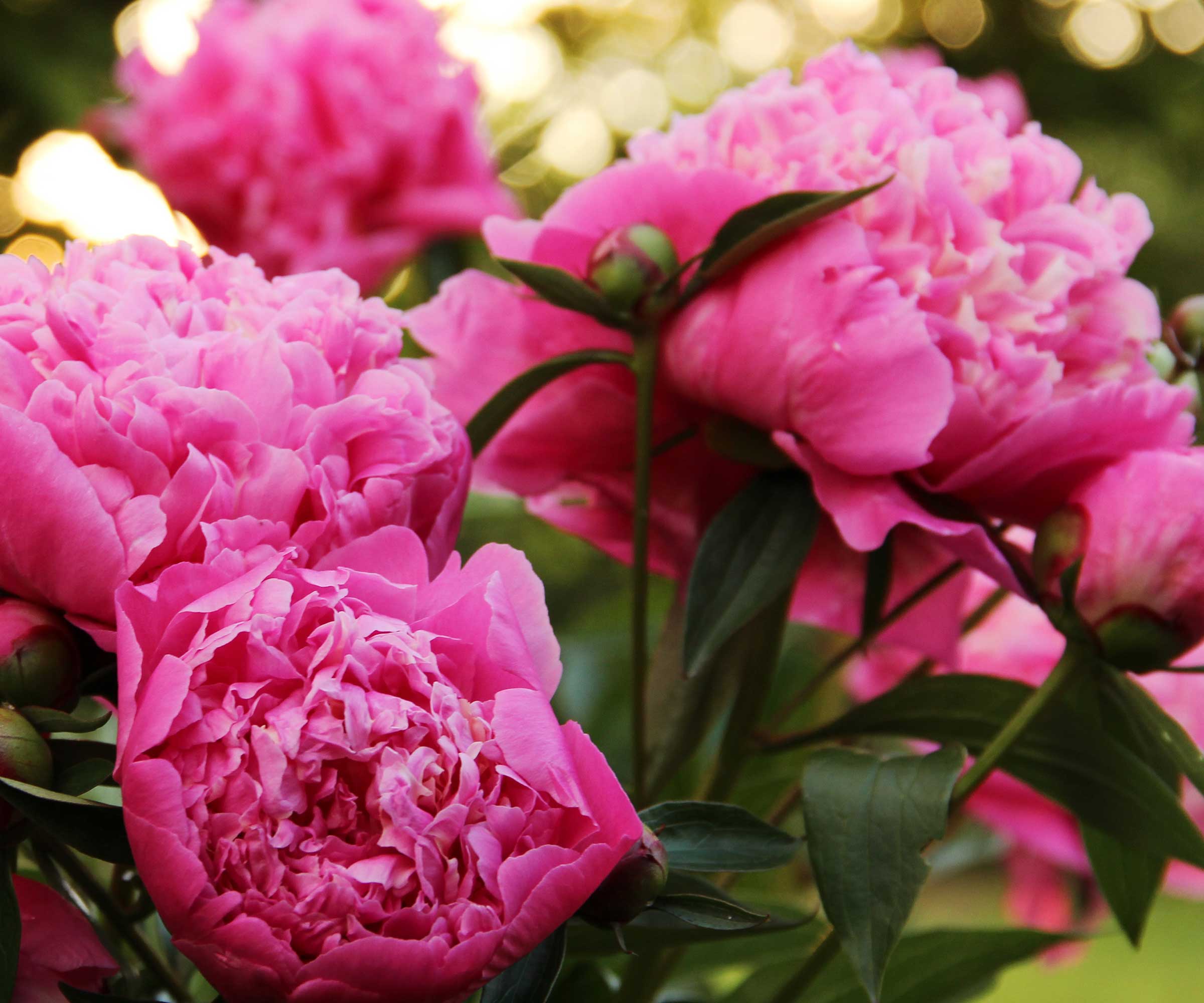
- Hardiness: US hardiness zone 3 to zone 8
- Flowering time: April-June
- Best for: Cut flowers
One of the most popular spring-flowering plants, peonies have showy blooms with a sweet, fresh fragrance. One downside is peonies only typically bloom for around 10 days at a time, but their vibrant color, delicate petals, and inviting scent make them worth it.
'Depending on the environment you are in, peonies can be easy to care for and they're perfect for creating beautiful bouquets of cut flowers,' Alfred says.
Many gardeners choose to grow peonies as part of a cut flower garden, or they can be planted solitary to have a spotlight moment in your yard.
'If you are planting peonies from scratch, it's best to start in the fall to give your plant time to root. When selecting a space in your garden, make sure there is plenty of sunlight and room to grow, as it can take several years to get to its full size - up to five feet tall!' Alfred advises.
There are also a few peony pests and problems to be aware of, and you might find you need to support your peony to prevent it flopping from the weight of the flowerhead - these plant stakes from Amazon would work well.
Discover the collection of peonies available at Nature Hills.
3. Lily of the valley
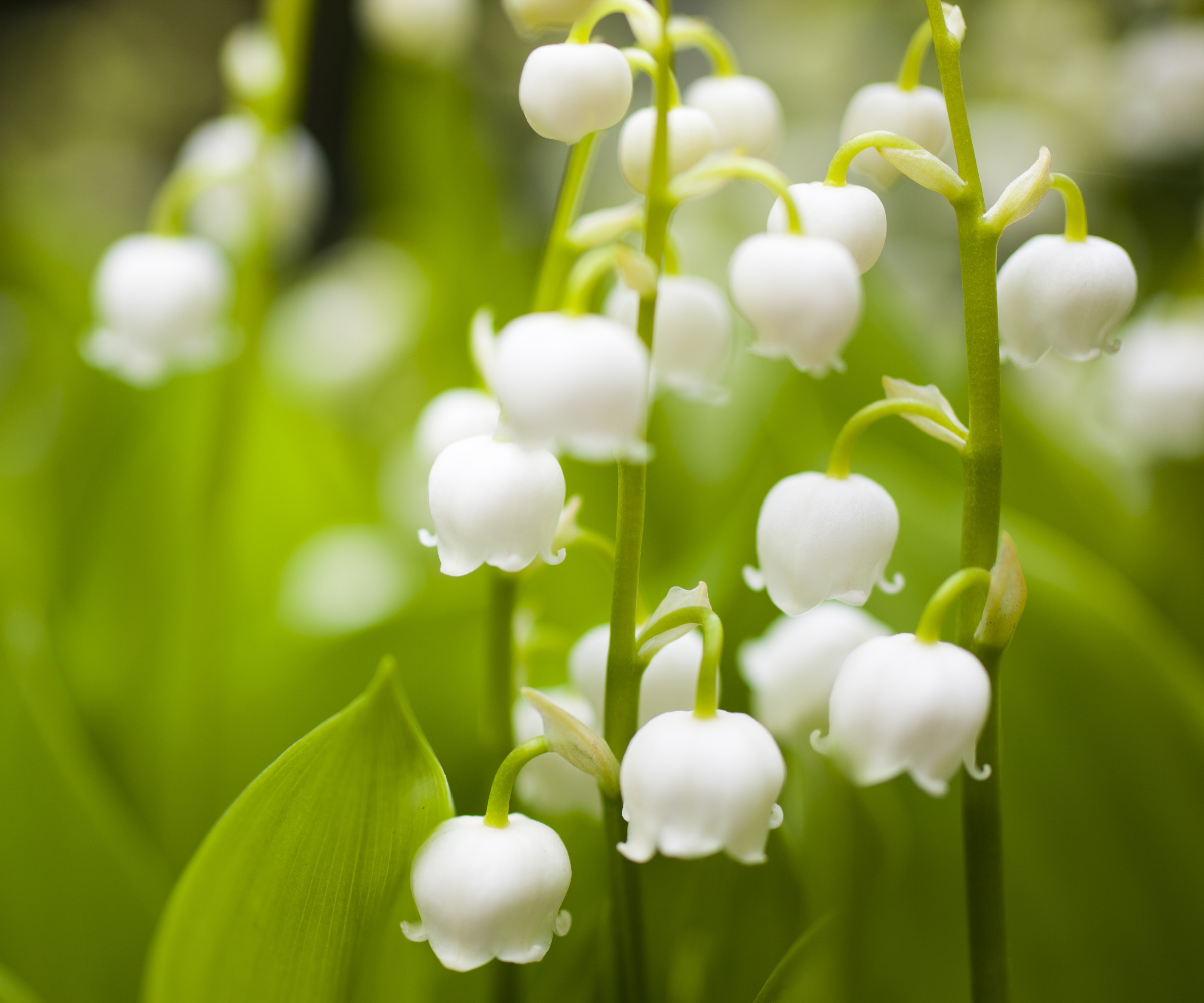
- Hardiness: US hardiness zone 3 to zone 8
- Flowering time: April-May
- Best for: Dainty ground cover blooms
For gardeners who adore seeing snowdrops pop up early in the season, try also growing lily of the valley. Similar in appearance, these gem-sized flowers appear later than snowdrops in mid-late spring, offering plenty of ground cover.
They are loved most for the combination of their dainty blooms and fresh, green scent. Lily of the valley is a spreading plant, however, so you have to be happy with the idea of these charming blooms taking over a patch of your yard if you plant them in the ground.
Alternatively, grow lily of the valley as a spring flower for pots, containing it. Either way, these flowers enjoy consistently moist but well-draining soil, and can tolerate partial shade, making them a good option for beneath trees.
Shop for lily of the valley bulbs on Amazon.
4. Lilacs
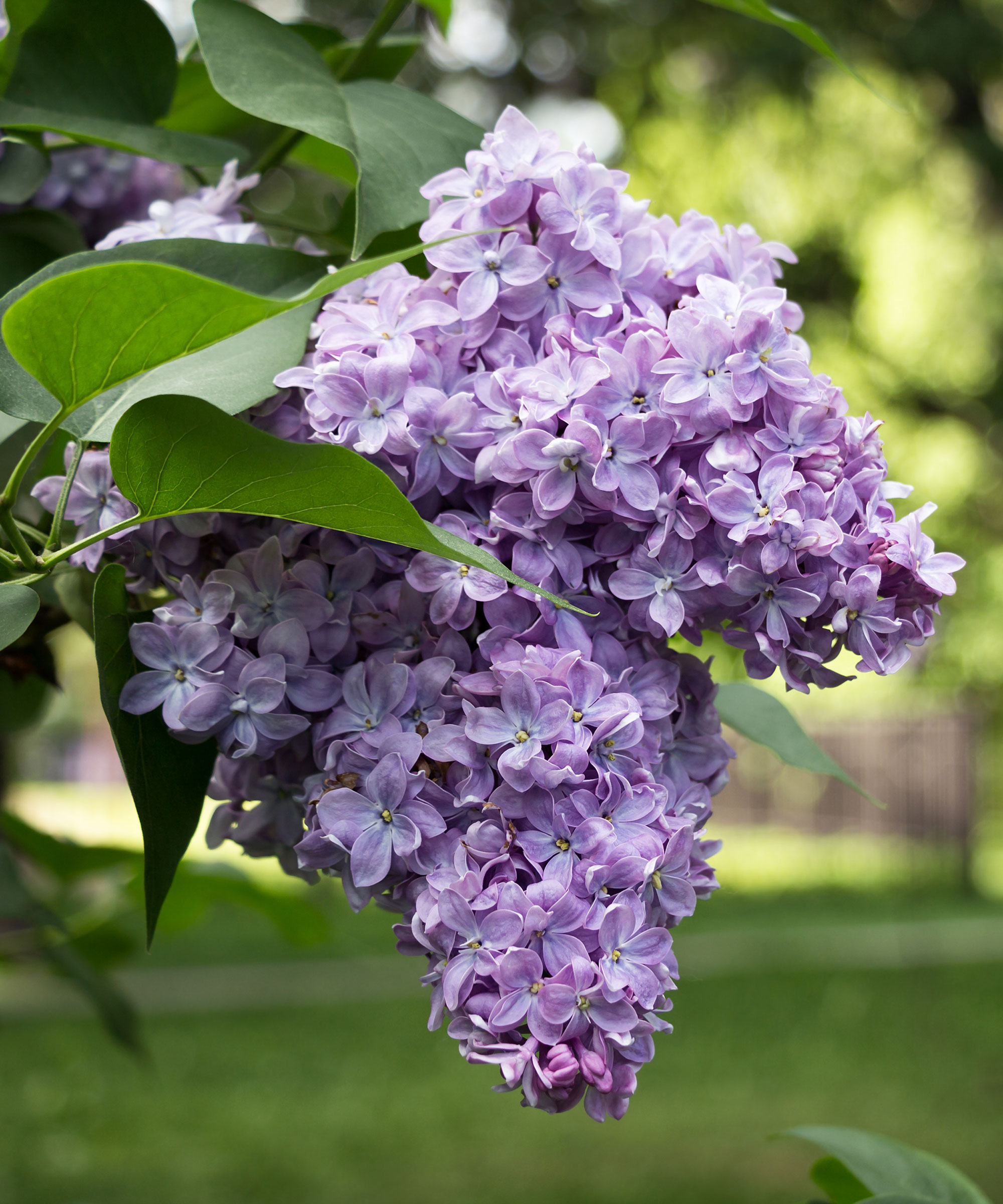
- Hardiness: US hardiness zone 3 to zone 8
- Flowering time: April-June
- Best for: Flowering shrubs
If purple plants are your thing, then consider growing lilacs from the list of fragrant spring-flowering perennials. The dazzling cone-shaped flowers of these shrubs also come in white, pink, blue, yellow, and white.
'Lilac is my favorite and I grow many different ones because the perfume and flowers are so lovely,' says flower growing expert Lisa Fontanarosa.
'Beyond their beautiful blooms, these fragrant plants also waft wonderful smells and scents that unfold through your yard, and garden patios and paths and add to the already pleasant experience of luring you outside into your garden to sit amongst their scent and beauty,' she adds.
You should plant lilac bushes in fall, whether you're growing lilacs in pots or in a border. When growing lilac, make sure not to allow them to become oversaturated, as this can result in drooping foliage, among other issues.
You can also fertilize lilacs in early spring - with this all-purpose fertilizer from Walmart - to encourage abundant blooms.
Use this lilac starter plant to grow an impressive flowering shrub in your yard. They can reach between eight and 10 feet in height.
5. Wisteria

- Hardiness: US hardiness zone 5 to zone 9.
- Flowering time: May-June
- Best for: A flowering climber
You can take your fragrant garden to the next level by growing wisteria on a pergola, trellis, or garden arch (from Amazon). This iconic springtime climbing flower is also a popular choice for training up a garden wall, creating a purple spectacle in your yard.
By creating a walkway with wisteria trailing down, you will take in its intense sweet, sometimes musky, scent. The vines tend to flower for a few weeks at a time, so you can enjoy this vibrant plant towards the end of the spring season.
It's important to prune wisteria in summer after flowering to keep it in a healthy condition. You should likewise prune again in winter to tidy up the plant during the coldest season.
You might find our guide to training and tying in wisteria helpful when growing this plant for the first time.
Find the right kind of wisteria for your yard at Nature Hills.
FAQs
What is the earliest spring-flowering perennial?
Some of the earliest fragrant spring-flowering perennials include snowdrops, hellebores, primroses, and irises. Of these plants, snowdrops have one of the most delicate, sweet fragrances which is often described as resembling almonds.
Whether you opt for any of these fragrant spring-flowering perennials or seek options for spring flowers for shade, or even unusual bulbs to plant in fall, it's worth considering how harnessing fragrance in the yard for wellbeing this season can contribute to positive physical and mental health.







